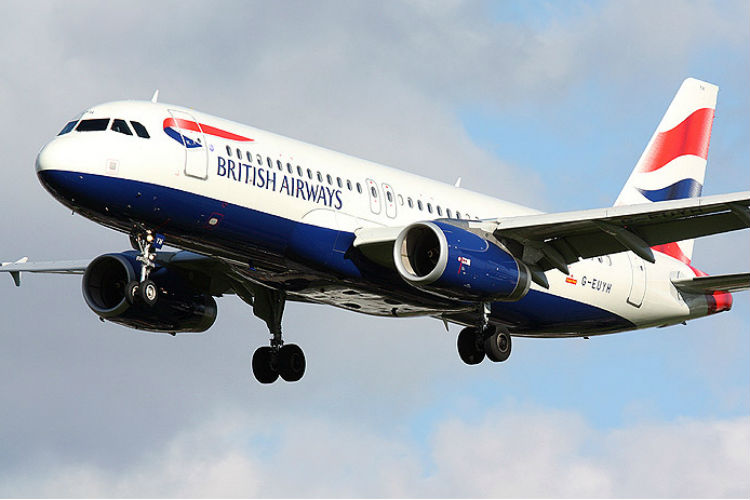2017 was the safest year for the commercial aviation industry, according to reports by the Aviation Safety Network and Dutch aviation consultancy To70.
To70 released its Civil Aviation Safety Review for 2017, reporting 111 accidents last year, two of which included fatalities – with a total of 13 lives lost. In 2016, there were 71 civil aviation accidents of which six resulted in fatalities.
The two fatal accidents in 2017 both involved small regional turbo-prop planes: an Embraer Brasilia lost control in flight in Angola because of an engine failure, and a Czech-built Let 410 crashed on landing at Nelken in Russia.
To70’s analysis documents “accidents to passenger flights commercial air transport operations in aeroplanes with a maximum take-off mass of 5700 kg or above”, which is why the two fatal crashes that occurred this New Year’s Eve were not included in the analysis.
The fatal accident rate for large airplanes in commercial air transport has been lowered to 0.06 fatal accidents per million flights – a rate of one fatal accident for every 16 million flights.
“Despite the good news, a note of caution needs to be sounded. Whilst the safety levels of modern civil passenger airplanes remain high, the extraordinarily low accident rate this year must be seen as a case of good fortune,” the consulting company said in its review. “There is no room for complacency. Civil aviation, whilst an industry with a very high level of safety, does still carry very large risks.”
A separate report by the Aviation Safety Network based its figures on incidents involving civil aircraft certified to carry at least 14 people.
ANS recorded a total of 10 fatal airliner accidents in 2017, resulting in 44 occupant fatalities and 35 persons on the ground. In 2016, ASN recorded 16 accidents and 303 lives lost.
ASN President Harro Ranter said the low number of accidents comes as no surprise:
“Since 1997 the average number of airliner accidents has shown a steady and persistent decline, for a great deal thanks to the continuing safety-driven efforts by international aviation organisations such as ICAO, IATA, Flight Safety Foundation and the aviation industry.”
ICAO, with its Technical Instructions, has a list of requirements for the transportation of dangerous goods by air. ICAO stands for the International Civil Aviation Organization.

